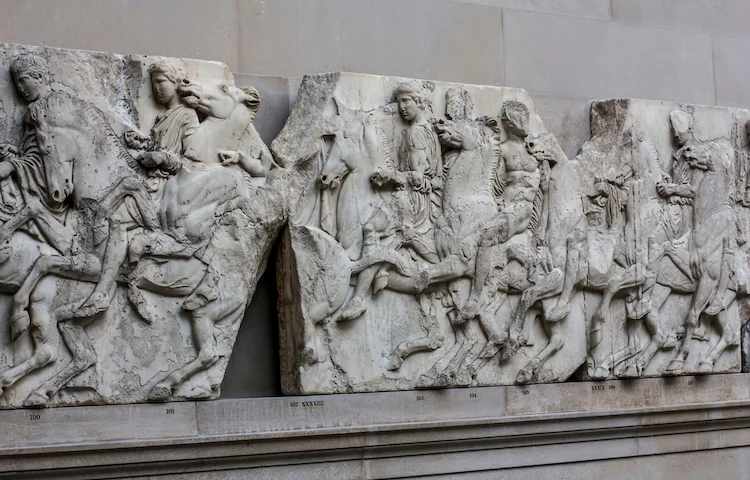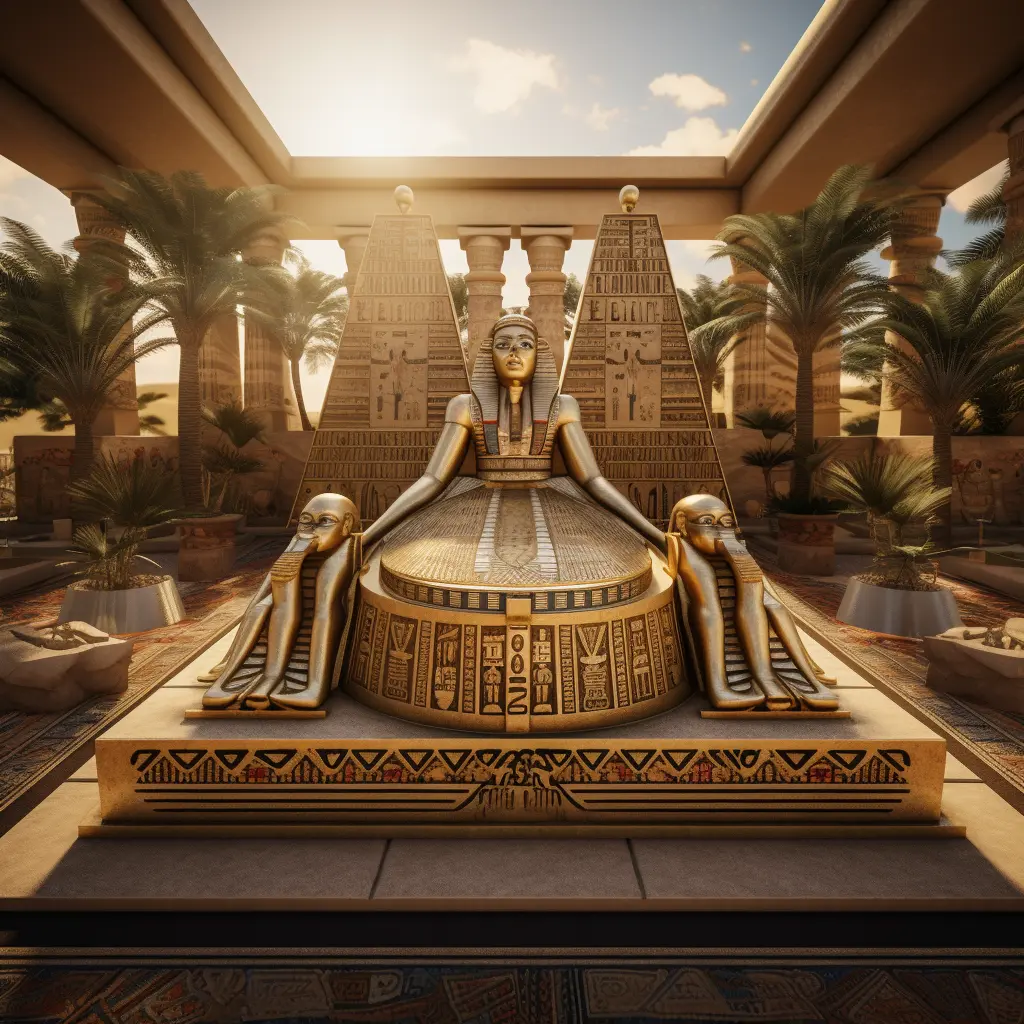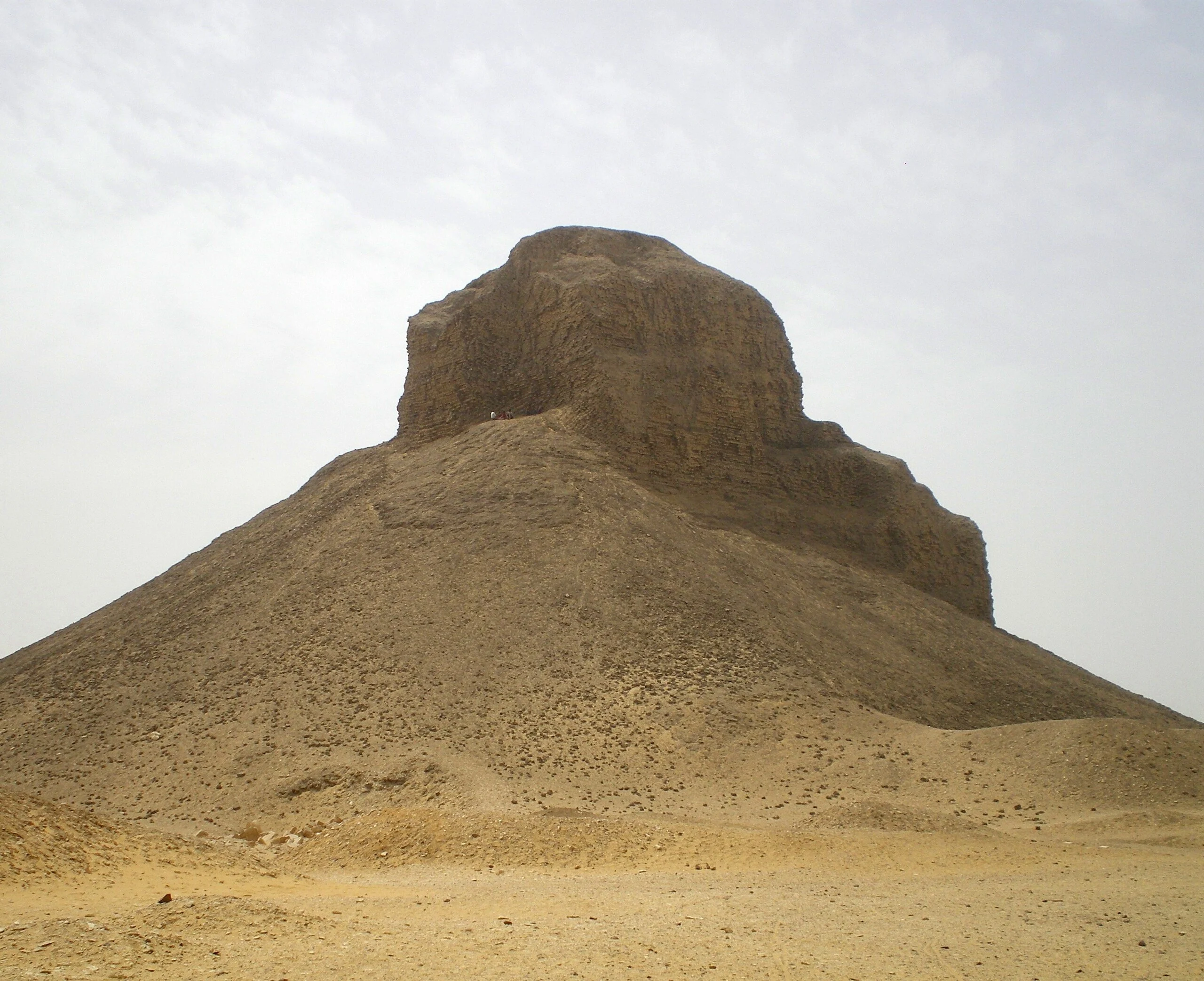
Understanding Archaeological Controversies
Defining Archaeological Controversies
Archaeological controversies often evolve from debates over theories, methodology, or interpretation of findings. These disputes sometimes arise due to varied beliefs on the preservation of cultural heritage, ownership of artifacts, or ethical concerns in field practices. Often, it reflects a clash between different perspectives, proving archaeology isn’t a solely objective discipline.
Influences Contributing to Disputes
Numerous factors precipitate disagreements within the realm of archaeology. Primarily, different interpretations of historical and prehistoric artifacts can lead to divergent conclusions, causing disputes among researchers. Additionally, political influences, especially regarding cherished national narratives, often encroach upon academic objectivity, exacerbating these disagreements.
Cultural bias, prejudice, and misunderstandings, on both investigators and local inhabitants’ part, can further complicate matters, ultimately leading to controversy. Lastly, archaeological piracy and disagreements over custodianship rights of artefacts often result in conflicts that spread beyond academia, involving governments and international law. These aforementioned factors interplay, stirring up the controversies pervasive in this field of study.
Importance of Ethics in Archaeology
Ethics play an invaluable role in archaeology, serving as a compass to guide actions and mitigate conflict. They regulate fieldwork, preservation, and dissemination of archaeological findings to safeguard cultural heritage, respect local communities, and prevent illicit trade. Ethical conduct is crucial in balancing scientific curiosity, professional integrity, and social responsibility, thereby diffusing potential controversies.
Related: The Fascinating Story Of The ‘Si-Te-Cah’ And The Lovelock Cave
Debate Over Ownership and Repatriation of Artifacts
Ethical Issues Surrounding Artifact Ownership
Disputes over the ownership and return of historical objects often create tensions between nations. Countries with rich archaeological histories, such as Egypt, Greece, and Mexico, argue that artifacts taken during colonization or illegal excavation should return to their place of origin. They claim these pieces are integral to their national identity and cultural heritage.
However, museums in countries like the U.K., France, and the U.S., who hold these objects, often resist their repatriation. They assert that they can provide better care and protection for these items, and that they serve global knowledge by remaining in one place easily accessible to international researchers and the public. This ethical dilemma is a complex and ongoing issue in archaeology.
The Repatriation Debate: Pros and Cons
The on-going discussion over possession and return of archaeological artifacts possesses a complex duality. On one hand, proponents of repatriation argue it rectifies historical injustices, allowing countries to reclaim their cultural heritage stolen during colonial periods and illegal excavations. Artefacts returned often contribute significantly to local economies via tourism and add to the national pride and identity.
Conversely, skeptics of repatriation raise valid concerns about the potentially damaging effects. They worry about the political misuse of artifacts to promote nationalistic agendas or incite separatist sentiment. Critics also argue that museums in developed countries can better preserve and interpret artifacts, providing access to global audiences which promotes cross-cultural understanding. However, each case is unique and must consider the balance between the moral, practical and cultural implications carefully to come to a fair resolution. The debate continues to evolve, seeking to find an equitable ground on this contentious issue.
Significant Repatriation Case Studies
Archaeology, no doubt, has uncovered numerous cultural treasures throughout years of digging and exploration. However, these finds often fuel arguments regarding who should possess these magnificent pieces. One notable repatriation case is the ‘Elgin Marbles’. Once a integral part of the Parthenon in Athens, they were taken by the British diplomat, Lord Elgin, in the 19th century and they currently reside in the British Museum in London.

Greece ardently argues for their return, citing cultural heritage, but the U.K. steadfastly declines, stating Lord Elgin obtained them legally and the museum provides universal access. Similarly, the Rosetta Stone, an invaluable artifact for understanding ancient Egyptian hieroglyphs, has been another focal point. Egypt has long sought its return from the British Museum, but the U.K. rebuffs these requests citing similar reasons. Another significant case is the repatriation of more than 3,800 artifacts from the Museum of the Bible, in Washington D.C., to Iraq and Egypt.
These looted artifacts were purchased by the museum’s founder, Steve Green, in good faith but were later found to be illegally sourced. While some museums voluntarily repatriate artifacts acknowledging their dubious provenance, others wait for official requests or legal challenges. These cases highlight the stringent debates surrounding artifact ownership and repatriation, shifting the focus to ethical considerations against historical plunder.
Intervention vs. Preservation Dilemma
Outlining the Intervention Approach
The Intervention approach, in an archaeological context, refers to the active extraction, handling, and analysis of artifacts from their original locations. This method is often used to acquire tangible historical evidence to decode our past. However, the controversy arises as it actually disrupts the site in the process. Critics argue that once artifacts are extracted, they lose their contextual meaning.
Furthermore, they advocate that advancing technologies may, over time, provide less destructive ways to examine relics. This argument consequently leads to a divisive tug-of-war between those prioritizing exploration and those aiming for preservation, stirring an intense debate in the archaeology community.
Understanding the Preservation Perspective
Undeniably, the preservation of ancient sites and artefacts forms a significant aspect of archaeological studies. However, stirring up debates among experts is the idea of intervention, involving excavation and study, versus the concept of maintaining integrity by avoiding any interaction with these antiquities.
From the preservationist standpoint, it’s argued that unearthing artefacts may lead to potential harm, undocumented loss, or irreversible destruction, hence promoting a ‘let it be’ mentality. Advocates of this view prioritize safeguarding historical elements in their original state to maintain authenticity for future generations. Therefore, the balance between the need to discover and the desire to conserve continues to strain archaeology.
Striking a Balance: Possible Solutions
One potential solution to the Intervention vs. Preservation conundrum lies in the gradual integration of non-invasive archaeological techniques. Utilization of methods like satellite imagery, ground penetrating radar, and LIDAR provides profound insights into ancient societies without disturbing the sites. Additionally, implementating stringent rules for excavation, prioritizing preservation, and demanding scientifically justified reasons for intervention could help.
Public education about the importance of safeguarding historical assets is equally important. Finally, a strong network of collaboration among archaeologists, local governments, communities and international organizations is crucial to ensure that valuable pieces of human history are both discovered and protected.
Related: The Mind-Blowing Story Of The Half Moon Underwater
Ancient DNA and Bioarchaeology Controversies
Ethical Concerns over Ancient DNA Research
With advancements come quandaries, and ancient DNA research is no stranger to this. As it unveils secrets from the past, it also invests several ethical dilemmas. Primarily, these relate to the rights of the indigenous communities whose ancestors’ remains are studied, often without their prior consent. Furthermore, some opine that extracting DNA destroys valuable artefacts irreversibly. Additionally, the accuracy of data obtained and its potential misuse—such as for pseudoscientific racial theories—discomfort many. Thus, though promising, ancient DNA research necessitates stringent ethical oversight to uphold respect for all concerned parties and maintain scientific integrity.
Issues of Consent and Ancestry in Bioarchaeology
In bioarchaeology, one significant area of contention revolves around the debates on consent and ancestry. Archaeologists often recover and analyze human remains, including DNA, from ancient archaeological sites. While this provides significant information about human history and evolution, it raises profound ethical questions. These remains often belong to ancestral communities that did not consent to the research, and continue to have cultural and emotional ties to them. Such issues complicate the boundaries of the field, exemplified through disputes like the Native American Graves Protection and Repatriation Act, which confronts the rights of indigenous communities over their ancestors’ remains.
The Debate Over Genetic Heritage Claims
Exploring the disputes inherent in bioarchaeology, one notable issue involves claims based on genetic heritage. The recent surge in popularity of DNA testing services has sparked contentious debates. Some believe they have a rightful inheritance to ancient artifacts or sites based on observed genetic ties to now-extinct civilizations. However, others assert that such claims need more than just DNA evidence, emphasizing the need for historical, cultural, or ethnographic links with the distant past. This divide has led to intense discussions among experts in the field as well as indigenous groups and has raised ethical questions about ownership, ancestry, and cultural appropriation.
Amateur Archaeology and Looting Problems
Rise of Amateur Archaeology: Benefits and Risks
With increased interest in the past, many are taking up archaeology as a hobby leading to the rise of amateur archaeology. While this can spark enthusiasm and unearth new findings, there’s also the grave risk of illegal excavation and looting. Often, without professional guidance, amateurs might unknowingly cause damage to historical significant sites or artifacts. More alarmingly, some profit from unrecorded digs, leading to a booming black market of antiquities. Without the meticulous recording and analysis process by professionals, such activities decontextualize artifacts, destroying invaluable information about our past. It’s a delicate balance between fostering public interest and preventing unauthorized excavations.
Looting and Destruction of Archaeological Sites
Under the realm of unprofessional practices, deplorable activities like looting and destruction of archaeological sites pose significant threats. Such activities are often carried out by hobbyists, treasure hunters, or nefarious individuals who trade artifacts illegally. This infringement not only diminishes the historical value of the sites but also disrupts the scientific context, ruining potential understanding of our past. It deprives researchers of valuable data and erases potential cultural heritage understanding. Regrettably, lack of stringent legislation and monitoring exacerbates this issue, making it a prevalent concern in numerous countries across the globe.



